The increase in the cost of energy does rising bills. While hoping for an intervention to curb the increase in monthly expenses, many of us are trying to figure out how to save as much as possible. Maybe even coming to give up some comforts in order to curb the decline in bills. But before turning off domestic appliances, PC e console it is worth asking: how much do our tech accessories consume?
How much do appliances, TVs, PCs and all tech gadgets consume?
Last February we had already tried to calculate the impact of our technological devices on the bill. But since now the price of energy has risen a lot. How much is not always easy to understand. In fact, not everyone uses the same type of offers: there are those who have fixed rents, those who have unchanging prices, those who follow the market value.
Generally, however, the price of energy does calculates on kWh (kilo watt hour) consumed. The kW is a measure of the power of the devices used, which must be multiplied by the average time of use in hours. So a 1kW device in an hour will consume a 1kWh.
The average cost of current energy
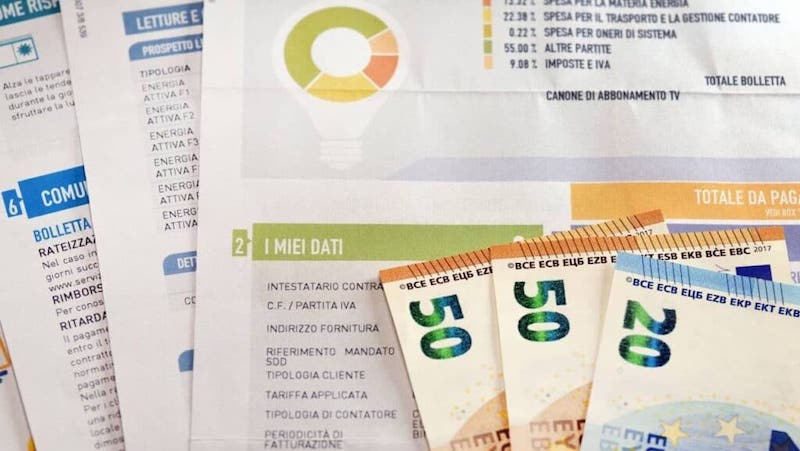
The average price of energy per kWh can vary a lot, especially on the free market. Some of you may have a fixed rate decided a few years ago (and therefore now very affordable). But many will rely on the PUN, which is the wholesale price of the Light.
But on average, in October 2022 the price in the enhanced protection market is approximately 0.50 euo per kWh (source Luce-Gas.it), very similar to that of the free market at 0.50 € / kWh (source Segugio.it). So to know the cost of each device we will multiply the power by the average number of hours of use. And then we’ll divide by two (which is like multiplying by € 0.50).
Computer (both fixed and mobile)

Many of you use a laptop, especially during smart working days. On average, a laptop consumes a value between 20 and 50 watts of power, therefore keeping the highest value we are at 0.05 kW. If we work eight hours a day, we consume 0.4 kWh.
If you are working 22 days a month, we get to 8.8 kWh consumed per month, for one cost of 4.4 euros in the bill. Those who only work a few days from home need only multiply the number of monthly days by 0.4 and then divide by two. For example, if you have two days of smart working, you will spend € 1.60.
On average instead a Fixed PC it consumes 150W, which becomes 1.2 kWh in a working day. So the impact on the bill comes to 13.2 euros if you work from home every day, 4.8 euros for two days of smart.
To the fixed PC (but also to the laptop if you have a well thought out workstation) you must add the monitor, which depending on size and technology can consumare da 15 a 70 watt. Taking an average of 50 you will consume 0.4 kWh. Basically it’s like having a second laptop on: add € 4.4 per month if you work from home every day.
Smart TV

When it comes to televisions, the difference is technology. The same goes for monitors, but increasing the size also increases the impact. A TV LED consumes from 150 to 200 watts, while a OLED even less than 70 Watts.
Let’s consider an average time of three hours, enough to fill an evening. In one working month (22 days) with an LED we arrive at 6.6 euros per month in the bill. While for l’OLED solo 2,31 euro.
Console
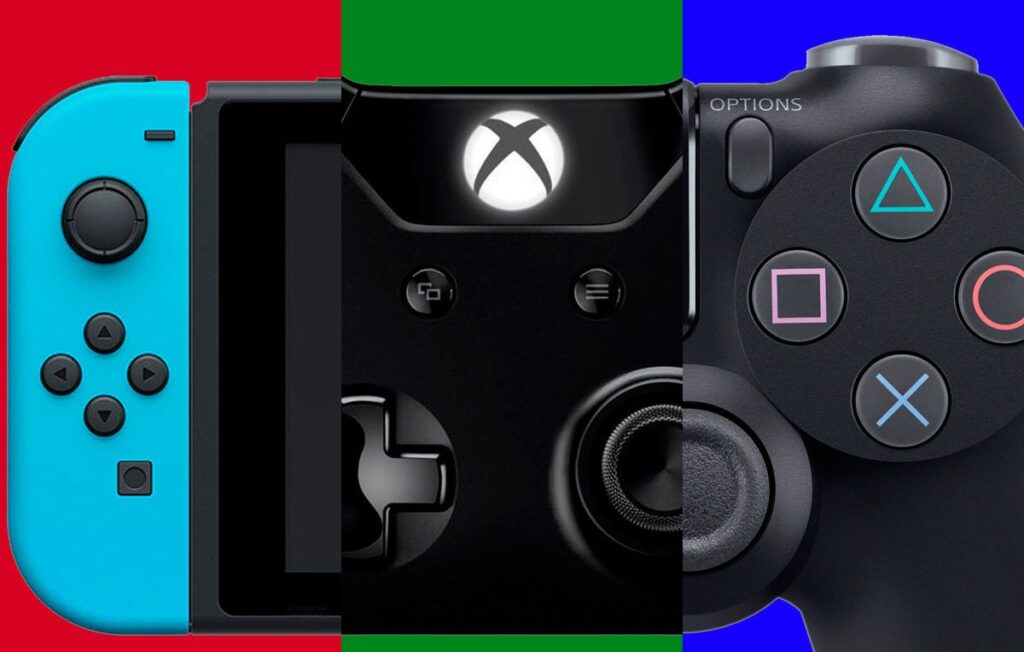
If instead of watching a movie you want to play, you have to add up the prices of the your favorite console. We keep the same three average hours (if you play more or less, do the cost divided by three and multiply it by the number of hours played) and the 22 average days of use seen for smart TVs alone and we get a monthly cost of:
- Playstation 4 (137 W): 4,52 euro
- Xbox One (112W): 3.70 euros
- Nintendo Switch (docked) (16W): 0,53 euro
- Playstation 5 and Xbox Series X (both 200 W): € 6.60
Playing with Mario and Link saves on your bill!
Modem
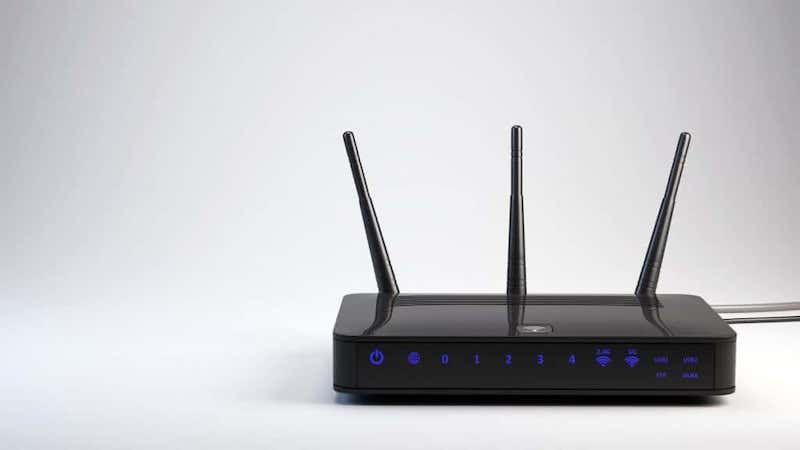
Here the usage time grows considerably: the modem keeps you connected 24 hours a day. But it consumes on average only 7 to 15W: the total monthly price does not exceed 5,40 euro.
Dishwasher
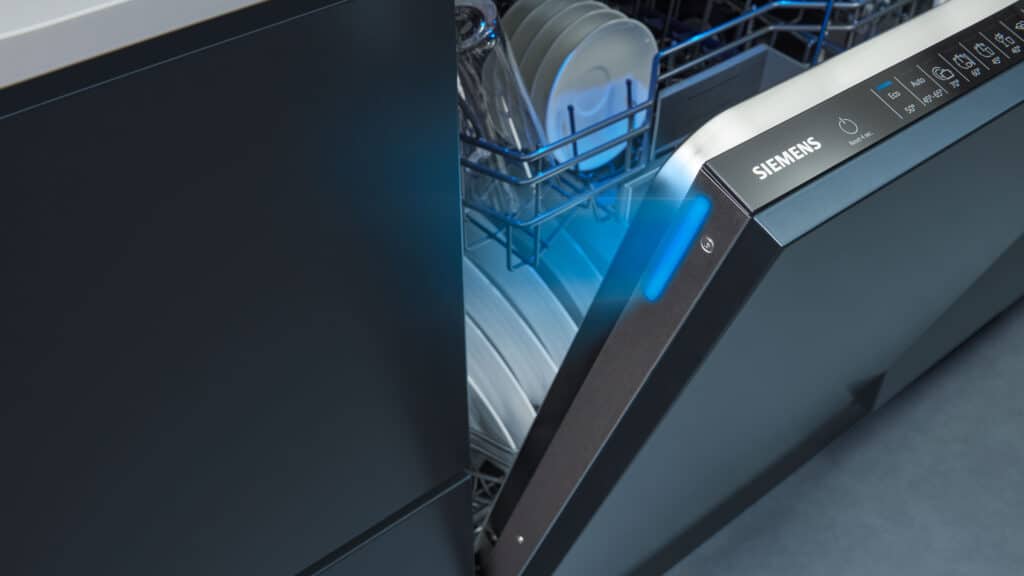
Household appliances on average cost more than tech devices on the bill, but the dishwasher is not among the most energy-intensive ones: above all because washing is relatively short-lived. Depending on the washing time and the program on average you can consume from 0.7 to 2.5 kWh.
Assuming a wash every two days, at the end of the month you will arrive at 11,25 euro (double if you use it every day).
Washing machine
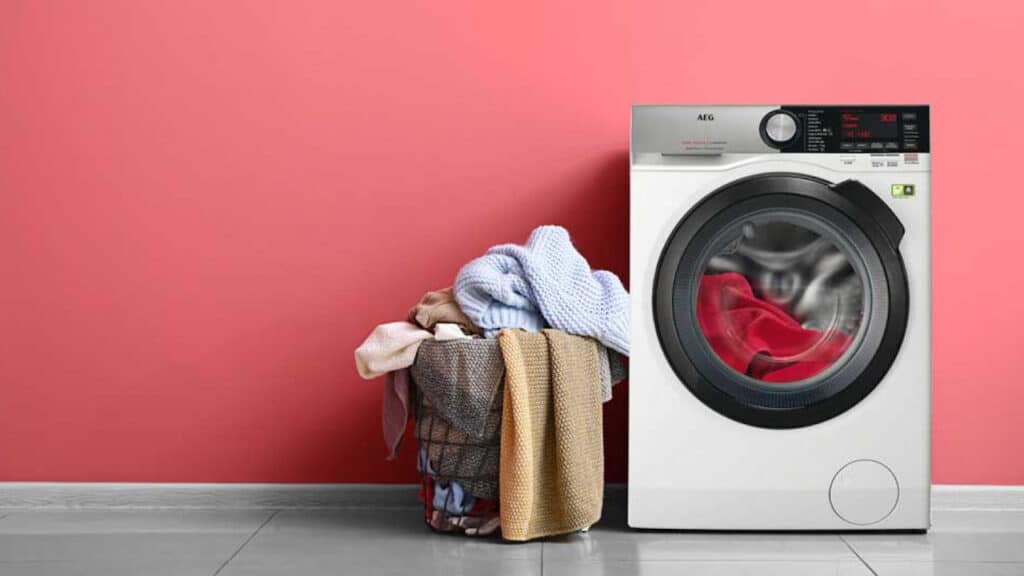
Washing machines are very powerful, averaging from 1850 a 2700 W. But consumption varies a lot from the size and above all from the temperature of the water, not to mention the energy class. Washing at a temperature of 30 degrees can lead to savings between 30 and 70%.
But assuming an average cycle at 60 degrees, only less than an hour, we arrive at about 1.2 kW per wash. With three washes per week, the cost will come to about 7.20 euros per month (at 30 degrees you will have savings of about 30% 5.04 euros per month).
Oven
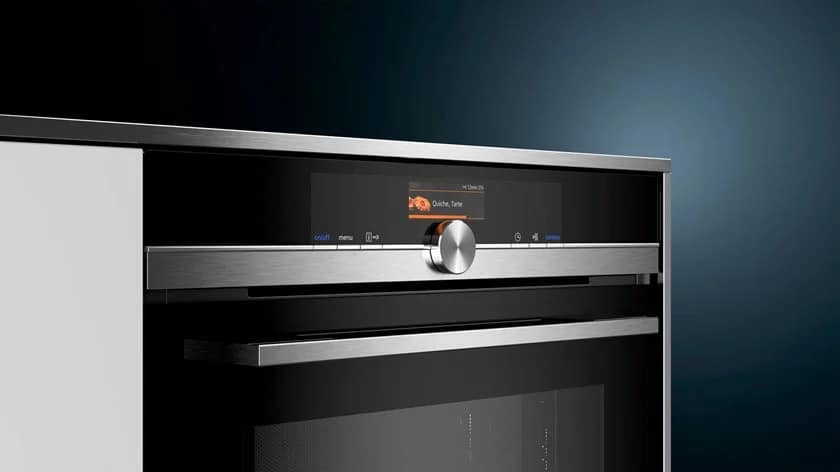
Few appliances consume as much as an oven. In fact it has a power of about 1500W. If you usually cook lasagna, cakes and meat in the oven every day, the cost goes up. But assuming an average consumption of three hours a week, the cost should reach around 9 euro.
Il oven a microwave it consumes less, on average between 800W and 1200W (but they are rarer). It also uses less time in the oven because cooking is faster. Assuming a quarter of an hour of use per day we will arrive at about 3 euros per month.
Refrigerator
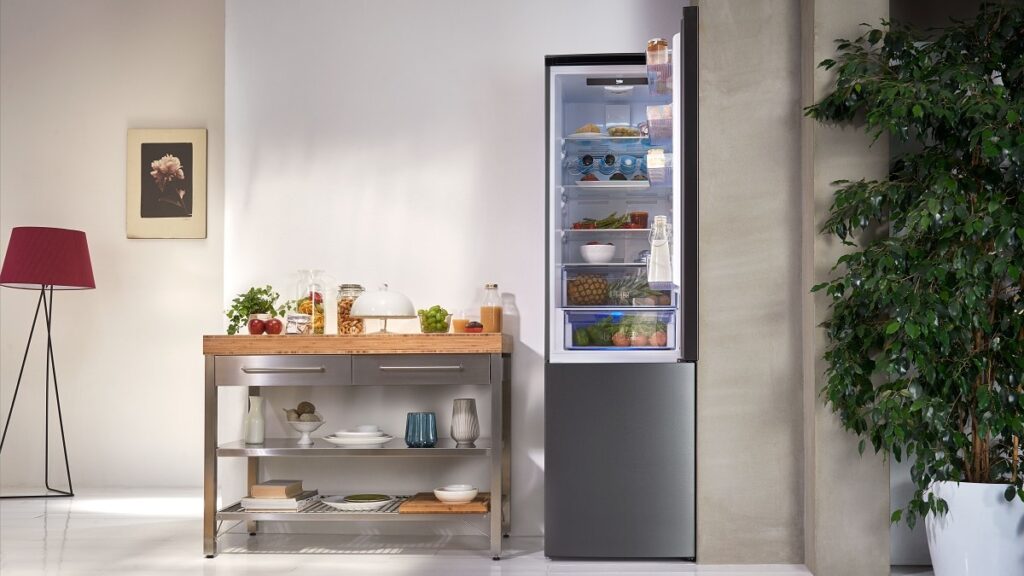
The refrigerator always works, but the refrigeration cycles are not constant: if you do not open it, it consumes much less. Power can go by 100 you have 240 W. Taking an average of 150W and a cycle of 33% (8 hours every 24), we arrive at 18 euros per month.
Light bulbs

An incandescent light bulb consumes fino a 100W, plus a laptop. A fluorescent lamp definitely improves consumption at 12W, but nothing beats the LED a 3W. So, assuming a consumption of five hours a day, each bulb costs you:
- Incandescence: 7,50 euro
- Fluorescence: 90 cents
- LED: 22 cents
Which appliances consume the most?
Compared to a few months ago, the price of energy has in some cases more than doubled. So the impact of appliances and tech devices, even those that consume less, is felt all right. But some devices do it more than others.
The first step to respawn is replace incandescent bulbs with LED ones. Given the price of energy, you could pay back the cost in just one month. For other devices, the matter is more complicated: given the price of many OLED TVs, we advise you more to buy them for the perfect contrast than for the savings in the bill (difficult to amortize).
To lower the consumption of household appliances you can often find the most efficient programs on washing machines and dishwashers: wash clothes at lower temperatures it also allows you to save a lot.
No forethought alone will produce savings of hundreds of euros, but adding them together could make a difference.






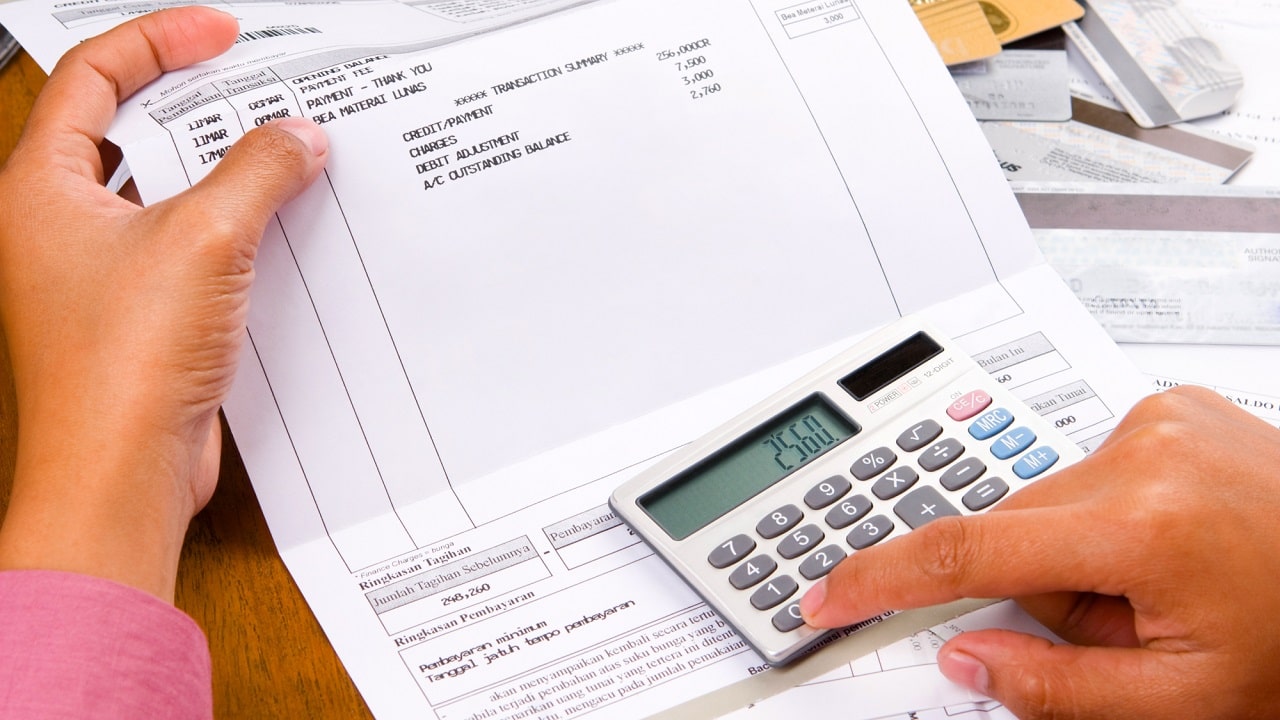








Leave a Reply
View Comments